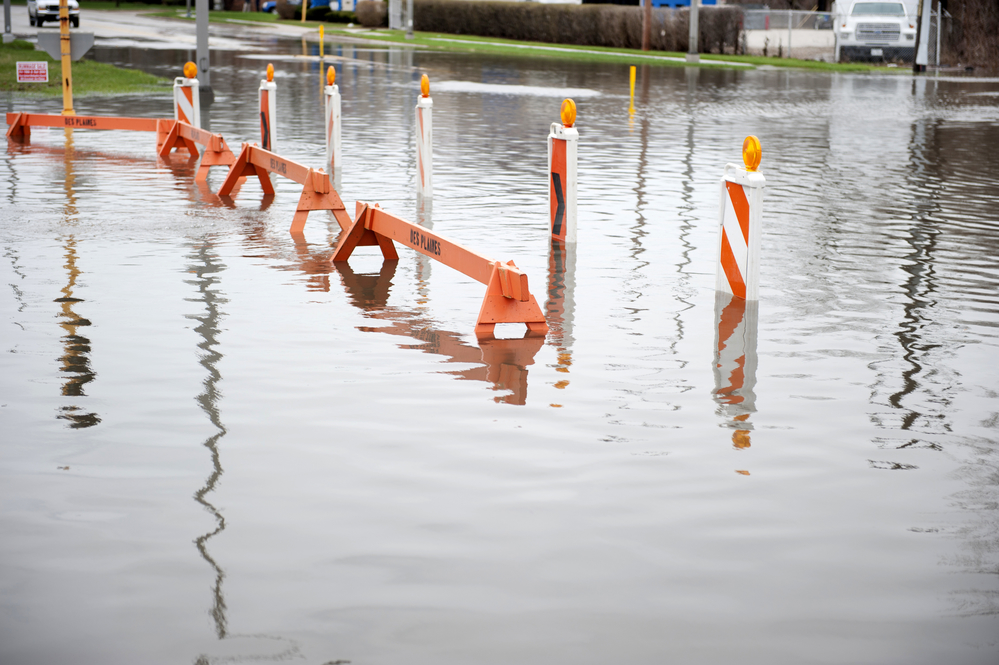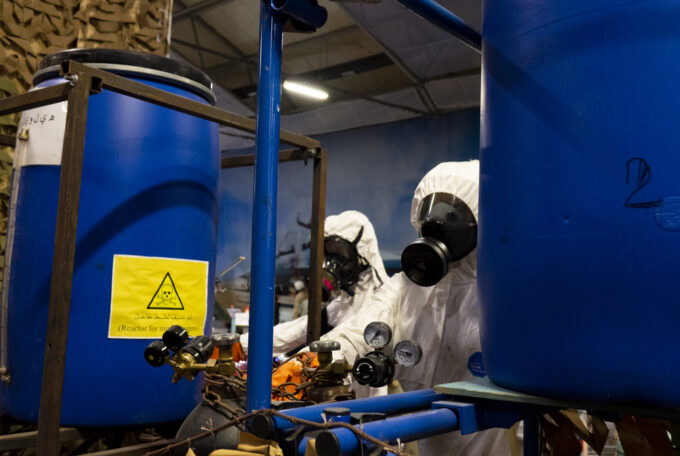Natural hazard needs risk management
Switzerland must continue to make great efforts to ensure that it is well protected against natural hazards in the future. This is shown by the report on natural hazards in Switzerland, which the Federal Council adopted today. The report outlines the essential measures for dealing with natural hazards in the future. Protection against these hazards is a joint task of the federal government, cantons, municipalities, private sector institutions and the population.

Switzerland has a progressive approach to protection against natural hazards, to which it is particularly exposed as an alpine and densely populated country. 1.8 million people still live in flood-prone areas. 1.7 million jobs and 840 billion Swiss francs in material assets are located in such hazard zones. In the near future, new challenges are also foreseeable for which Switzerland must prepare: The ever warmer climate and the resulting heavier and more frequent precipitation, as well as settlement development and increasingly expensive infrastructure (e.g. transport routes), increase the risks of damage from natural events such as floods. In the Report Natural Hazards Switzerland The Swiss Federal Council has therefore defined various packages of measures to ensure Switzerland's security and economic development in the future.
Prevention is in the foreground
The measures are aimed at using the available resources as effectively and economically as possible for prevention. The aim is to protect the population, the economy and the environment from the consequences of natural events and to keep public spending within reasonable limits. Central to this is comprehensive risk management - the earlier large-scale risks are identified and prevented, the more cost-effective the measures and the more thoroughly they can be planned. Part of this planning is a forward-looking strategy for adapting to climate change. It is worthwhile to continue investing in protection against natural hazards and to keep existing protective structures such as dams intact in the long term.
Update hazard maps
According to the package of measures for natural hazards in Switzerland, the existing bases, such as hazard maps, must be updated and taken into account in spatial planning throughout the country. New phenomena such as surface runoff, i.e. flooding from surfaces such as fields or roads, must also be recorded on maps. In the building industry, uniform standards should also apply to construction that is suitable for natural hazards. In this way, safety can be improved with relatively little effort and a further increase in risks can be prevented. This applies in particular to the natural hazard of earthquakes.
Permanent task for the whole society
Protection against natural hazards remains a joint task of the federal government, cantons and municipalities. Insurance companies, professional associations, teaching and research are also included in this alliance, as is the general public. The aim is to make them even more aware of the issue and their own options for action. Protection against floods, rockfalls and other natural hazards is a permanent task. On the one hand, existing protective structures, such as those on the Rhône or the Alpine Rhine, must be renewed so that they retain their protective function. On the other hand, the changed hazard situation due to climate change and social and economic development must be taken into account. In order to remedy the deficits identified and to use the resources as optimally as possible, it may be necessary to adapt the existing legal basis. Press release federal government
More on the topic of natural hazards here.
Press release federal government









